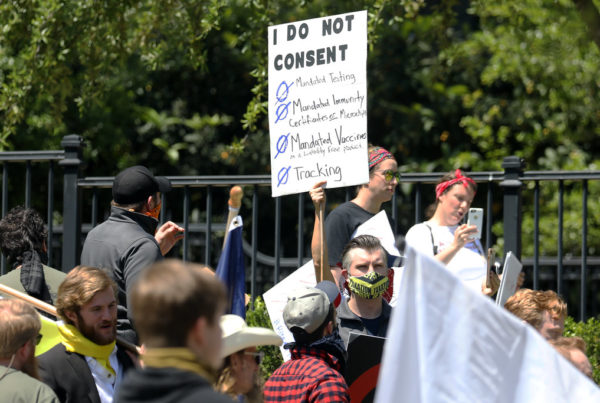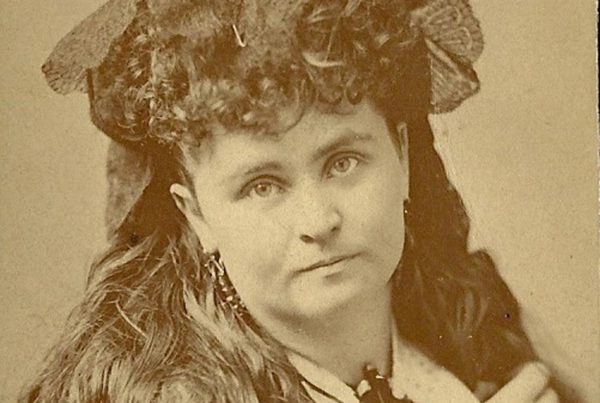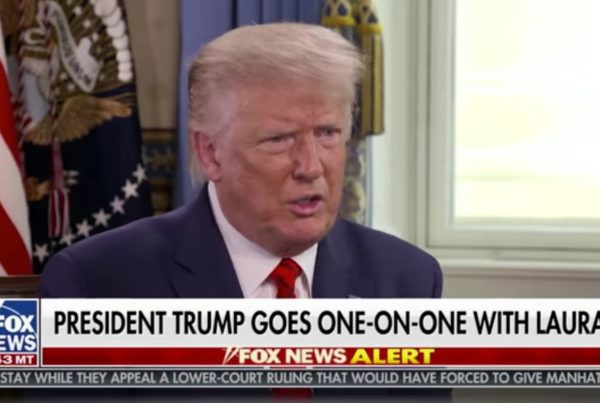In late August onward, the Federal Reserve will no longer cap inflation at 2%. Inflation is the rising cost of things over time.
Ray Perryman is president and CEO of economic research firm The Perryman Group, based in Waco. He told Texas Standard that the pandemic is having an effect on the Fed’s economic policy.
“They’re giving themselves a little bit of wiggle now here to try to help us come out of this pandemic,” Perryman said.
It’s a significant decision, he said, because normally, the Fed would lower interest rates so that more people could borrow money in tough times, and help jumpstart the Now, instead of lowering interest rates, it’s letting inflation rise slightly above 2%, if needed. letting inflation go slightly above 27. Perryman said he doesn’t expect the Fed to let it rise much above 2% – we shouldn’t expect double-digit inflation rates like during the 1970s, for example. Still, the new policy isn’t without risk.
What you’ll hear in this segment:
– Why the Fed believes now is a good time to let inflation surpass that 2% ceiling
– What the policy change signals about economic recovery from the pandemic
– What the historical precedents are for this kind of monetary policy
– What the risks could be for allowing higher inflation














